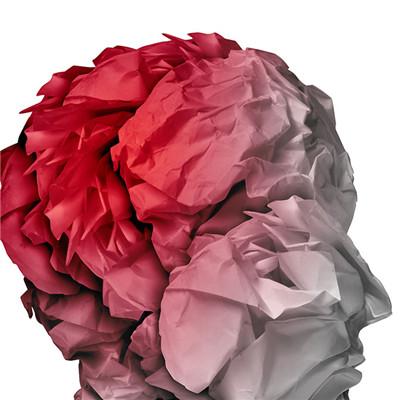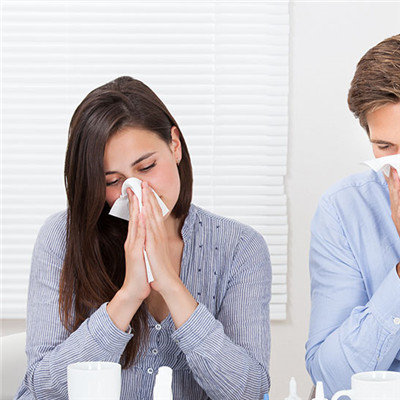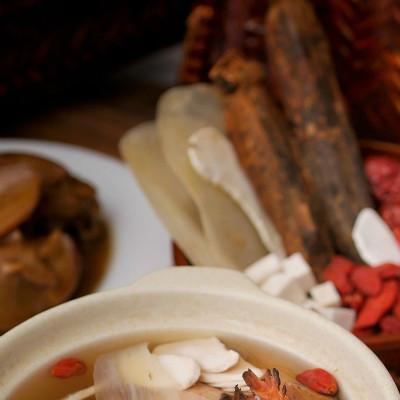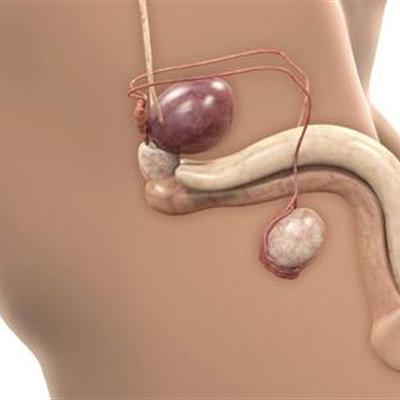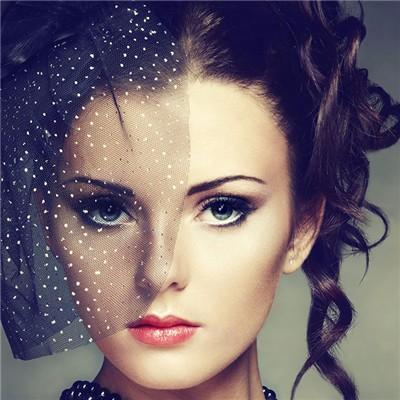What diseases can nasal vestibulitis complicate?
summary
I was thinking, our imperial capital is so haze, is it a lot of nasal diseases? The incidence rate of rhinitis is higher than that of other places. Rhinitis is a diffuse inflammation of the nasal vestibule, often digging nose, acute, chronic rhinitis and sinusitis, and the secretion stimulation of allergic reaction or nasal foreign bodies (mostly in children), and long-term dust (such as cement, asbestos, fur, etc.) It can be divided into acute and chronic. So now let's share about which diseases can be complicated by nasal vestibulitis? The knowledge of.
What diseases can nasal vestibulitis complicate?
First, nasal vestibulitis is caused by nasal secretions, especially purulent secretions, which often stimulate the skin of nasal vestibule. Any acute or chronic, specific or nonspecific inflammation, nasal foreign body, tumor can be complicated with nasal vestibulitis. Long term harmful dust (such as tobacco, fur, cement, asbestos, etc.) stimulation, nasal vestibular skin damage caused by digging or rubbing secondary infection is also one of the causes of the disease.
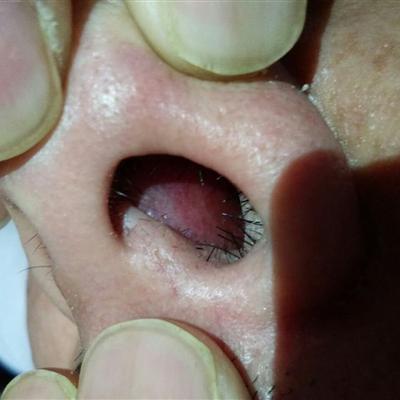
Second: acute nasal vestibulitis is characterized by pain in the nasal vestibule. The examination shows that the skin in the nasal vestibule and its junction with the upper lip is diffusely red and swollen, or there are cracks and superficial erosion, and there are pus patches on the nasal hair.

Third: chronic nasal vestibulitis is characterized by fever, dryness, itching and tenderness of the nasal vestibule. The examination shows that the nasal vestibule has sparse hair, local skin thickening, and scab formation. After removing the scab, there may be small bleeding wound.
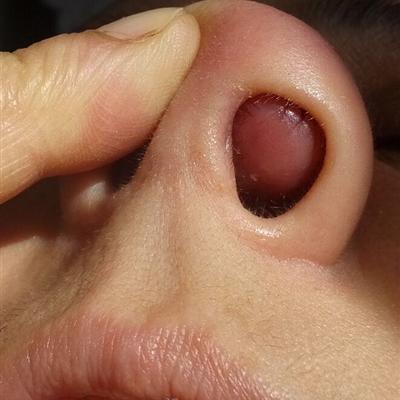
matters needing attention
1. Eliminate the irritant secretion in nasal cavity, avoid the stimulation of harmful dust, and correct the bad habit of digging nose. 2. The acute cases can be treated with antibiotics to make the inflammation subside. 3. Chronic patients can be cleaned with 3% hydrogen peroxide and topically applied with 1% - 2% huangjianghg ointment or antibiotic ointment.
